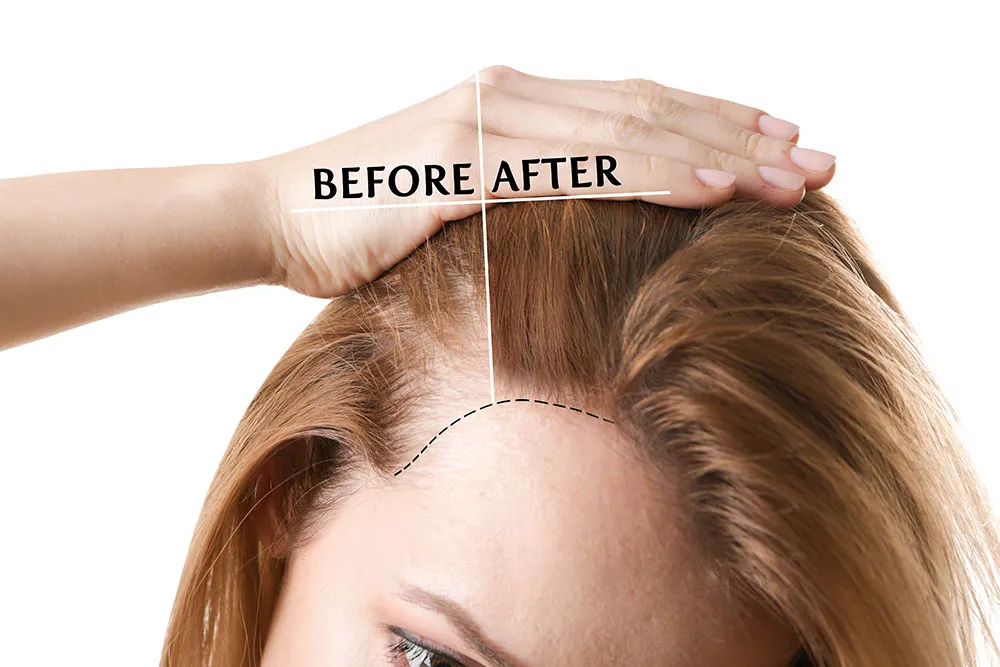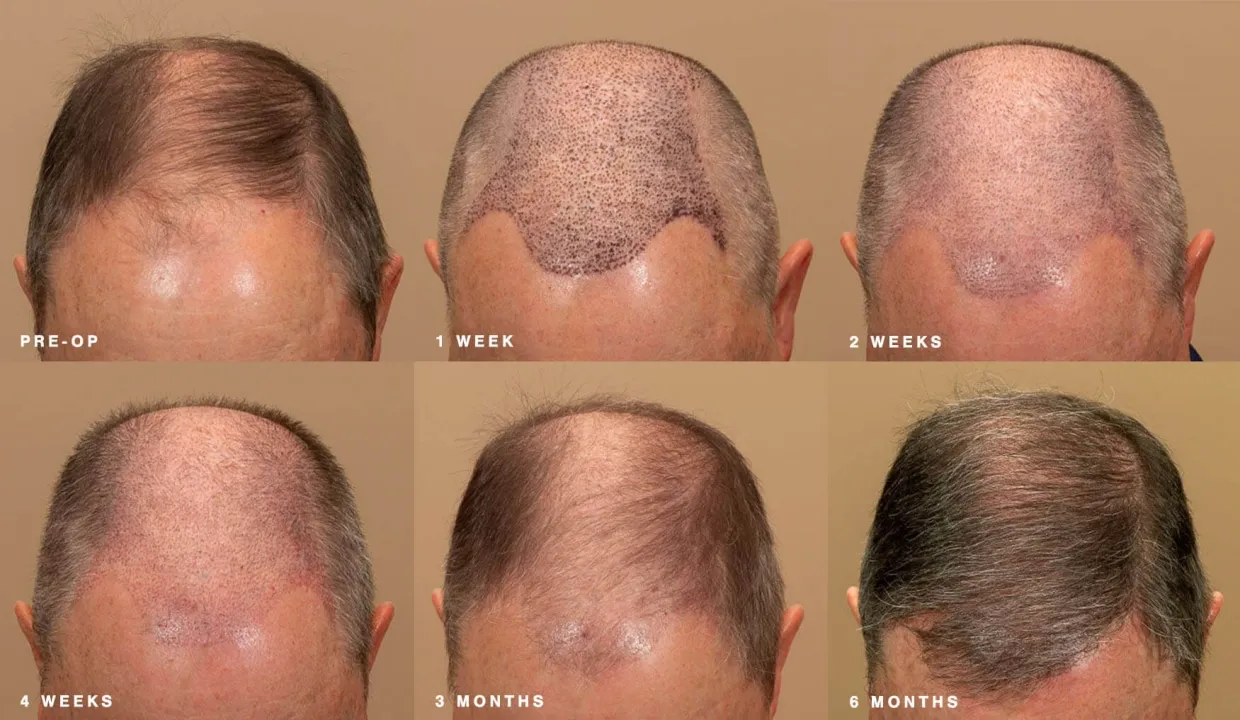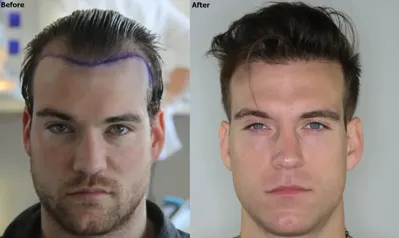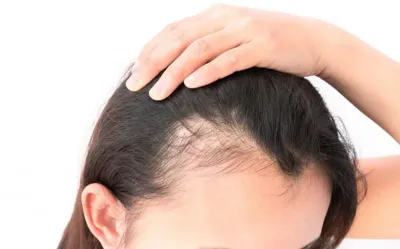Hair Transplantation: Restoring Confidence Through Advanced Solutions
Hair loss can be a challenging experience, affecting not only your appearance but also your self-esteem and confidence. Fortunately, modern advancements in medical technology have made hair transplantation a highly effective and popular solution for those seeking to restore their hairline and regain their youthful look. In this article, we’ll explore what hair transplantation is, the different techniques available, the procedure itself, and why it might be the right choice for you.

What is Hair Transplantation?
Hair transplantation is a surgical procedure that involves moving hair follicles from one part of the body (known as the donor area) to a bald or thinning area (the recipient area). This procedure is primarily used to treat male and female pattern baldness but can also address hair loss caused by trauma, burns, or medical conditions. The transplanted hair is typically permanent, as it is taken from areas resistant to balding.
Types of Hair Transplantation Techniques
There are two main techniques used in hair transplantation, each with its own advantages:
Follicular Unit Transplantation (FUT):
Also known as the "strip method," FUT involves removing a strip of skin from the donor area (usually the back of the head), dissecting it into individual follicular units, and transplanting them to the recipient area.
Advantages: Higher yield of grafts in a single session, ideal for patients requiring extensive coverage.
Follicular Unit Extraction (FUE):
FUE involves extracting individual hair follicles directly from the donor area using a specialized punch tool and implanting them into the recipient area.
Advantages: No linear scar, minimal downtime, and a more natural-looking result.
Robotic Hair Transplantation:
A newer, advanced form of FUE that uses robotic technology to assist in follicle extraction and implantation.
Advantages: Greater precision, reduced human error, and faster procedure times.
The Hair Transplantation Procedure
The hair transplantation process typically involves the following steps:
Consultation:
A thorough evaluation of your hair loss, scalp condition, and medical history is conducted.
Your surgeon will discuss your goals, recommend a technique, and create a personalized treatment plan.
Preparation:
On the day of the procedure, the donor and recipient areas are cleaned and numbed using local anesthesia.
Harvesting:
For FUT, a strip of skin is removed from the donor area and dissected into follicular units.
For FUE, individual follicles are extracted using a punch tool.
Implantation:
The harvested follicles are carefully implanted into the recipient area at the correct angle and density to ensure a natural appearance.
Recovery:
The procedure typically takes 4-8 hours, depending on the number of grafts.
Patients can return home the same day and resume light activities within a few days.
Who is a Good Candidate for Hair Transplantation?
Hair transplantation is suitable for individuals who:
Have noticeable hair thinning or balding
Have sufficient donor hair for transplantation
Are in good overall health
Have realistic expectations about the results
Are committed to following post-operative care instructions
It’s important to note that hair transplantation is not suitable for individuals with widespread hair loss or those with certain medical conditions. A consultation with a qualified surgeon will help determine if you’re a good candidate.
Benefits of Hair Transplantation
Permanent Results: Transplanted hair is resistant to balding and grows naturally.
Natural Appearance: Advanced techniques ensure the hairline looks natural and blends seamlessly with existing hair.
Boosted Confidence: Restoring a full head of hair can significantly improve self-esteem and quality of life.
Low Maintenance: Transplanted hair requires the same care as natural hair—no special treatments or products are needed.
Minimal Scarring: Modern techniques like FUE leave little to no visible scarring.
Recovery and Aftercare
Recovery from hair transplantation is relatively quick, but proper aftercare is essential for optimal results:
Avoid strenuous activities for at least a week.
Keep the scalp clean and follow your surgeon’s instructions for washing.
Avoid direct sunlight and wear a hat if necessary.
Be patient—transplanted hair will shed within 2-3 weeks, but new growth will begin within 3-4 months, with full results visible after 3-6 months.

Why Choose Hair Transplantation?
Hair transplantation is more than just a cosmetic procedure—it’s a life-changing solution for those struggling with hair loss. Unlike temporary fixes like wigs or topical treatments, hair transplantation offers a permanent and natural-looking result. With advancements in technology and techniques, the procedure has become safer, more effective, and accessible to a wider range of patients.
Conclusion
Hair transplantation is a proven and effective way to combat hair loss and restore your confidence. Whether you’re dealing with receding hairlines, thinning crowns, or scars, this procedure can help you achieve a fuller, more youthful appearance. If you’re considering hair transplantation, consult with a qualified and experienced surgeon to explore your options and take the first step toward reclaiming your hair and your confidence. With modern techniques and expert care, a fuller head of hair is within reach!
 Understanding Hair Transplant Services in the U.S.Hair transplants have become a popular solution for individuals struggling with hair loss, offering a permanent way to restore natural hair growth. In this article, we’ll explore the reasons behind choosing hair transplants, their benefits, features, estimated costs, and typical clinics offering these services.
Understanding Hair Transplant Services in the U.S.Hair transplants have become a popular solution for individuals struggling with hair loss, offering a permanent way to restore natural hair growth. In this article, we’ll explore the reasons behind choosing hair transplants, their benefits, features, estimated costs, and typical clinics offering these services. Hair transplants: New subsidies and what you need to knowStarting in December 2024, select hospitals in the United States will subsidize hair transplant procedures, making these treatments more accessible to those who want to restore their hair and their confidence. As demand for hair restoration services continues to grow, this new initiative is expected to make a significant difference in the lives of many people suffering from hair loss.
Hair transplants: New subsidies and what you need to knowStarting in December 2024, select hospitals in the United States will subsidize hair transplant procedures, making these treatments more accessible to those who want to restore their hair and their confidence. As demand for hair restoration services continues to grow, this new initiative is expected to make a significant difference in the lives of many people suffering from hair loss. How to Get a Low Cost Hair TransplantFor individuals seeking a solution to hair loss, hair transplants offer a promising option that could restore fullness and confidence. However, the cost of this procedure can be prohibitive for many, prompting them to search for more affordable options. By exploring strategic approaches, potential candidates could access quality hair transplant services without stretching their budgets. This involves researching clinics, understanding expenses, and considering alternatives that maintain both quality and affordability.
How to Get a Low Cost Hair TransplantFor individuals seeking a solution to hair loss, hair transplants offer a promising option that could restore fullness and confidence. However, the cost of this procedure can be prohibitive for many, prompting them to search for more affordable options. By exploring strategic approaches, potential candidates could access quality hair transplant services without stretching their budgets. This involves researching clinics, understanding expenses, and considering alternatives that maintain both quality and affordability.